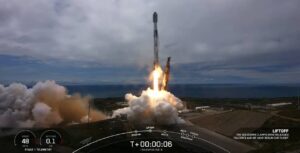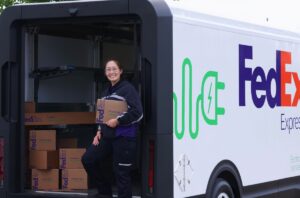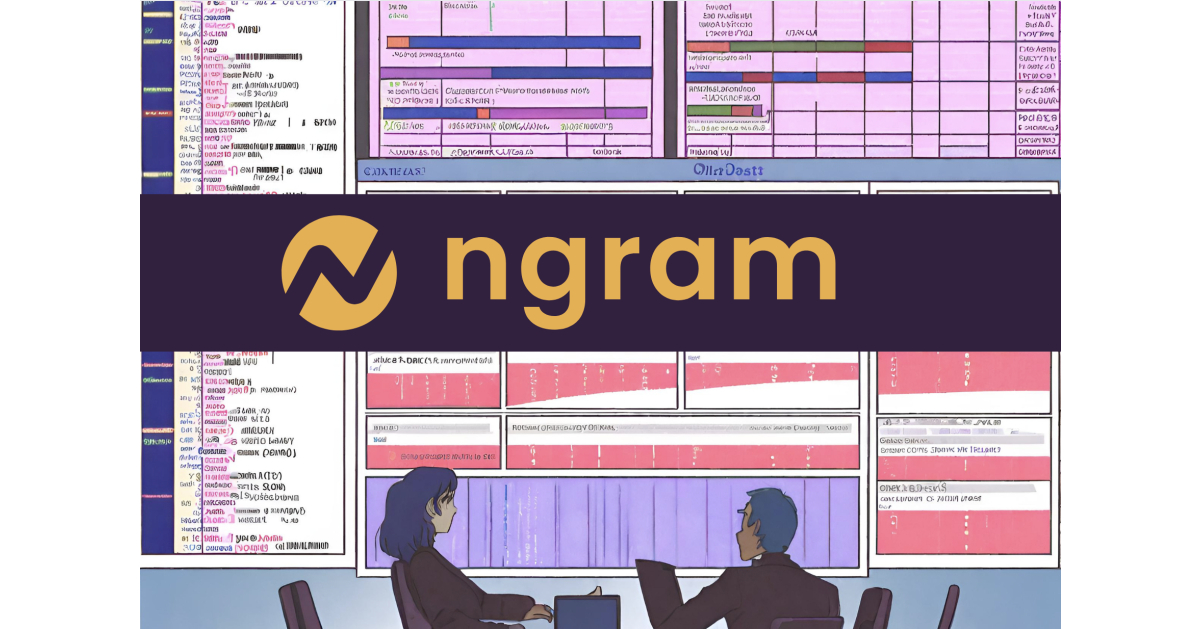
Volkswagen Selects Chile as the Launchpad for its Debut Electric Vehicle in Germany
[ad_1] During his visit to Chile, Alexander Seitz, Executive Chairman of VW South America, shared the company’s plans for the country. These plans include increasing

[ad_1] During his visit to Chile, Alexander Seitz, Executive Chairman of VW South America, shared the company’s plans for the country. These plans include increasing

Chile’s aerospace history marked a new epoch-making milestone with the successful launch of the FASat-Delta satellite. The launch, carried out from the Vanderberg Base in
[ad_1] As technology continues to advance at a rapid pace, so does the concept of the smart home. Imagine a world where your home is

Robotics investments were showing positive trends before 2020, but the pandemic significantly increased investor interest as more companies sought to automate work. Manufacturing has been

BrightDrop, a subsidiary of General Motors that specializes in electric delivery vans, has successfully completed its first delivery outside of the U.S. On Wednesday, the

[ad_1] San Francisco, CA, March 22, 2024 –(PR.com)– Ngram, a pioneering generative AI company in the life sciences industry, today announced the release of its medchat-qa-descriptive

[ad_1] Los Angeles, CA, March 14, 2024 –(PR.com)– In response to the evolving demands of leadership in our rapidly changing world, Author Ms. Nicky Dare, a

[ad_1] Houston, TX, March 31, 2023 –(PR.com)– The customers need for a growth capital solution required the ability to finance cash payments for inventory being manufactured

[ad_1] Houston, TX, December 30, 2023 –(PR.com)– The customer, a global technologies and materials group, that facilitates nano materials into next generation of commercial technologies and